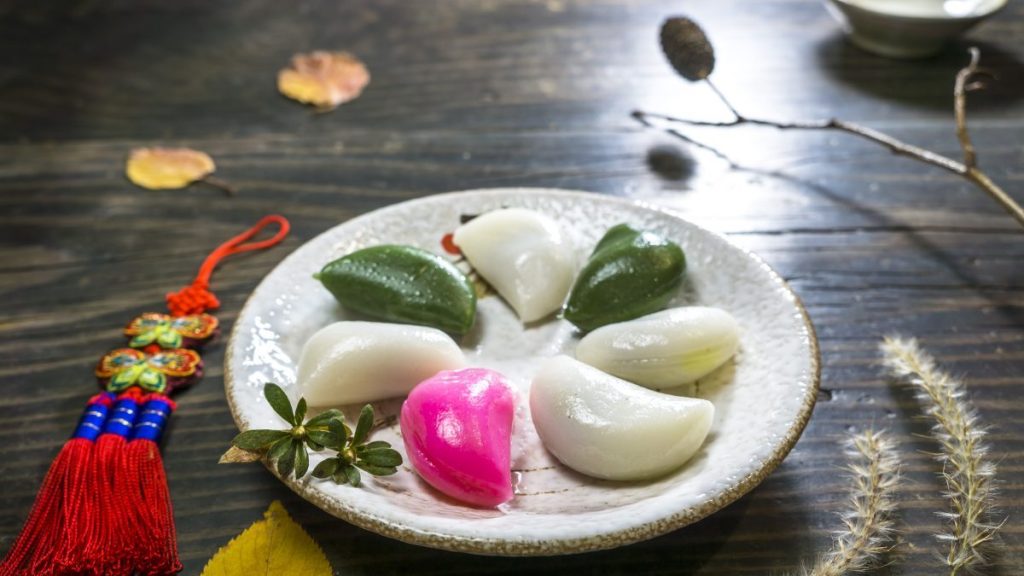Asian communities across the globe are ready to celebrate the Lunar New Year on Feb. 10, 2024. Korean New Year, or Seollal, is an important holiday with families gathering and indulging in delicious traditional foods, which symbolize good luck and prosperity. They also perform rituals and play traditional folk games on this day. Korean New Year dishes differ from those made…








